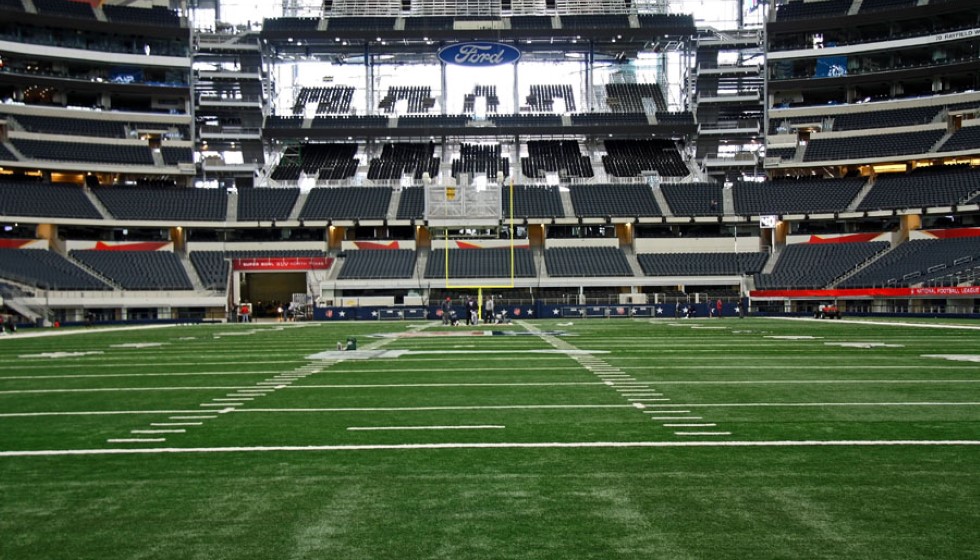
The New York Giants' Saquon Barkley is carving out an extraordinary season, putting him on the brink of making history as he aims to become the first running back in 12 years to bag the coveted NFL MVP award. The Giants' running back has not only been a linchpin for his team but a revelation in his second-half performances that demand league-wide attention.
With an impressive tally of 1,392 rushing yards this season, Barkley's dominance is magnified in the latter half of games. His 920 rushing yards in second halves highlight both his endurance and strategic brilliance on the field. Barkley continues to astonish with an average of 7.9 yards per carry in the second half, a statistic that remains unmatched over the last 30 years. In comparison, even legendary running back Barry Sanders, during his peak 1997 campaign, averaged a lower 6.9 yards per carry.
Adjusting to Triumph
The reactions from around the league underscore the strategic intricacies involved in modern football. Philadelphia Eagles' offensive tackle Lane Johnson alludes to the shifting dynamics during games. "There's a lot of stuff you can game plan through throughout the week, and then, you know, you get to the game and they may show up in a different defense. You have to make those adjustments after each series and like halftime, you know, some plays that maybe don't run the first half, run the second half. So I think I credit it to that," he says.
For Barkley, seizing the momentum in the second half has become a defining feature. His consistent ability to adapt and surge past defenses post-halftime has turned tight games in the Giants' favor. Over the course of the season, he has executed 116 second-half carries, translating these opportunities into seven touchdowns. His tenacity on the field is further evidenced by his ability to outpace the combined second-half rushing yards of talents like Chuba Hubbard and Najee Harris.
The Grind of the Run Game
Mekhi Becton of the New York Jets poignantly describes the persistent nature of the run game. "Like the run game isn't always gonna hit off the first run. It's one of those things where we gotta keep going and going and wait for it to just hit. I feel like we've done that every game this year," he reflects. Barkley's experience mirrors Becton's observation, as his perseverance and strategic timing continue paving the way for success late in games.
The Philadelphia Eagles, leading the league with an average of 118.8 second-half and overtime rushing yards per game, recognize the importance of endurance and strategic adjustments. They average 5.9 yards per carry in these critical game phases, showcasing just how Barkley outdoes even the top-performing teams in specific rushing metrics.
The Impact of Physical Play
Another perspective comes from offensive coordinator Kellen Moore, who highlights the proactive aspect of a physically taxing run game. “I do think there is an element of -- we pride ourselves on being a really physical run game, and those things wear on you as the game goes on when you get the opportunities we get. And the way the games have played out, you can keep grinding it out as the second half progresses, and those big plays eventually pop,” Moore explains. Barkley's relentless running style exemplifies this philosophy, often breaking open in the second half when defenses have been worn down.
Barkley’s performances have not only cemented his place amongst the NFL elite but have demonstrated a blueprint for those aiming to excel beyond initial quarters. Balancing skill, endurance, and tactical intelligence, he stands as the fourth-leading rusher in the NFL based solely on his second-half proficiency. For Barkley and the New York Giants, the season continues to unravel with every play a testament to a running back who refuses to fade as the game progresses.
As the season unfolds, Barkley’s quest for the MVP award gains legitimate grounding. In an era dominated by quarterbacks and receivers, his resurgence as a running back showcases the enduring power and strategy of traditional ground-and-pound approaches in an ever-evolving sport. Saquon Barkley’s current campaign is more than a statistical marvel; it is a masterclass in adaptability, skill, and unmatched determination as witnessed play after play, mile after mile.